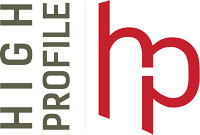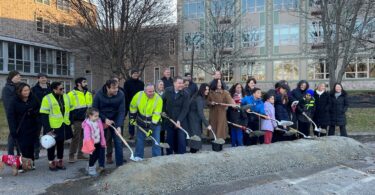by Emily Langner
On season 2, episode 9 of the Build Better podcast, Anastasia talked with Scott Burnham. He is an author, entrepreneur, consultant, and founder of Reprogramming the City, a global initiative encouraging cities to repurpose and reuse existing urban assets to improve quality of life and ecological health.
With the recognition that adaptive reuse is an important approach to sustainability and addressing climate change, Burnham is engaging urban planners and city leaders to create unique ways to respond to limited resources with an abundance of creativity.
He began his journey in Austria where he was commissioned to create a project using existing structures and surfaces of the city in different ways. He then traveled to Hong Kong where he observed the many ways the city was repurposing existing resources. He says he then spent time in over 17 different cities, exploring using “the existing assets of the city – the structures, surfaces, systems – in new ways” and “increasing their use in the city without increasing the need for external resources, be it money or materials.”
According to Burnham, resourceful innovation is “creating solutions using what you already have.” He says, “It’s about real time problem solving without relying on external resources or materials.” One way to do that is by “learning to see,” or increasing your awareness and rejecting existing biases you may already have in a particular situation. Another way is to recognize that everything is in a state of flux, and embrace the uncertainty and possibility in that. A third way is then to create new contexts with existing content.
Burnham says, “External resources include things like tools, materials (steel, cement, glass, the fuel that is burnt, the pavement being laid). Internal resources are the skills and the abilities that we have inside of us.” He emphasizes, “The more ability, the more internal resources we have, the less we rely on and need to consume external resources.”
He encourages people to push past the idea that things are “good enough,” get beyond the mindset of “We’ve always done it this way,” and strive to change the equation. He continues to give lectures and create exhibitions because he feels it’s important to present new perspectives and new ideas, and encourage and inspire individuals, planners, and decision-makers to create ways to increase self reliance and resourcefulness in themselves and in their cities. Imagining the possibilities in existing resources, he says, increases creativity, reduces waste, and helps to build a resilient future.











